4th International Conference Nanobiophysics: Fundamental and Applied Aspects, 1-4 October 2015, Kyiv, Ukraine
Nanostructured tunable mesoporous carbon for energy and biomedical applications
O. Gogotsi1, B. Dyatkin2, Y. Gogotsi2, P. Simon³, Y. Zozulya1, B. Malinovskiy1, V. Zahorodna1
1 Materials Research Centre, 3, Akademika Krzhyzhanovskoho St, Kyiv 03680, Ukraine, E-mail: E-mail: Этот e-mail адрес защищен от спам-ботов, для его просмотра у Вас должен быть включен Javascript
2A. J. Drexel Nanomaterials Institute, and Department of Materials Science and Engineering, Drexel University, Philadelphia, PA 19104, USA, E-mail: Этот e-mail адрес защищен от спам-ботов, для его просмотра у Вас должен быть включен Javascript
³ Université Paul Sabatier-Toulouse III, CIRIMAT UMR-CNRS 5085, and RS2E, FR CNRS 3459, 118 Route de Narbonne, 31062 Toulouse, France. E-mail: Этот e-mail адрес защищен от спам-ботов, для его просмотра у Вас должен быть включен Javascript
Abstract
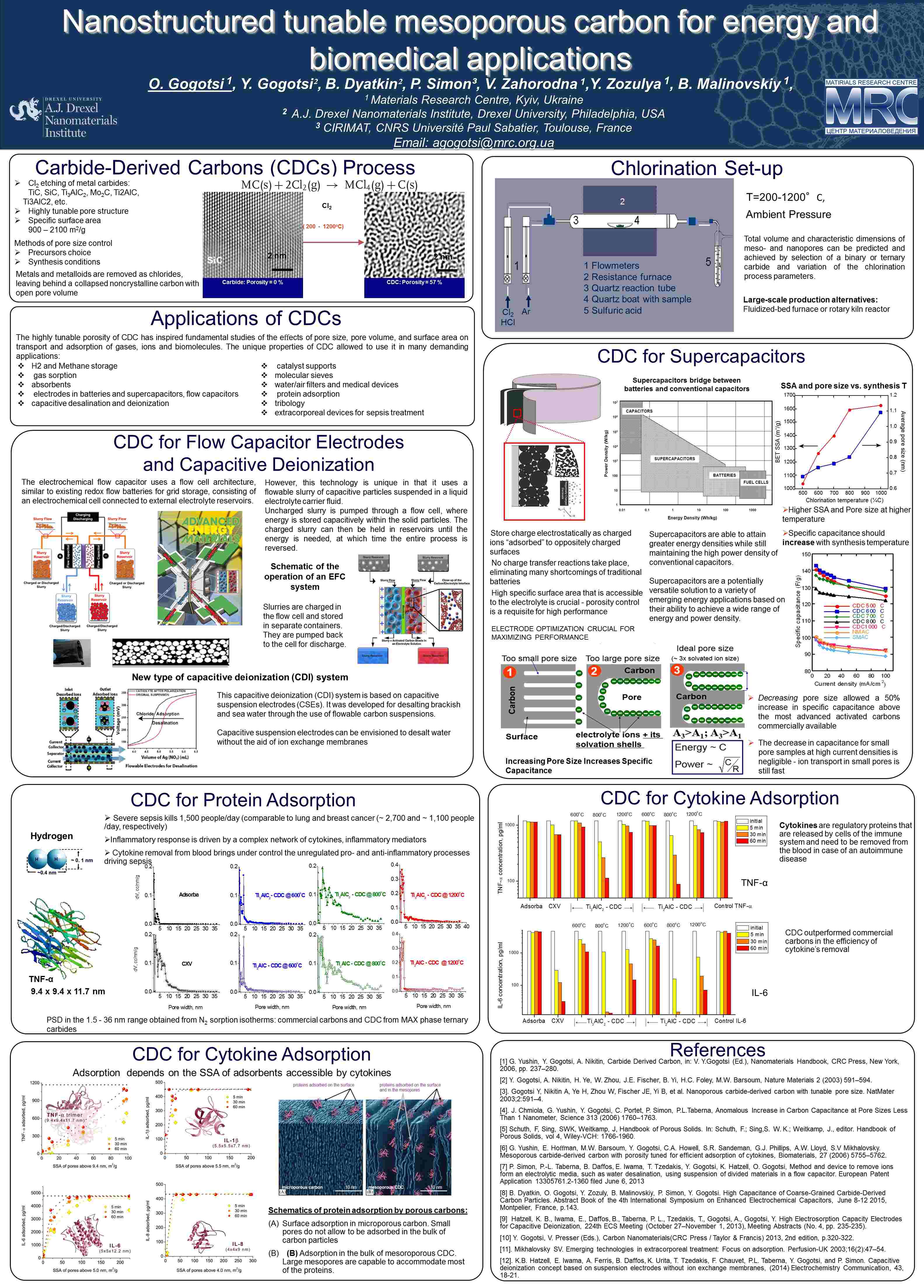 We will discuss synthesis of carbide-derived carbon (CDC), which is a nanoporous carbon formed by selectively etching metal atoms from metal carbides [1]. CDCs are generally produced by chlorination of carbides in the 200–1200°C temperature range. Metals and metalloids are removed as chlorides, leaving behind a noncrystalline carbon with up to 80% open pore volume. A wide range of carbide precursors (TiC, SiC, B4C, VC, Mo2C, NbC as well as ternary carbides – Ti3AlC2, Ti2AlC, also known as MAX-phases) leads to a wide range of carbons with tailored porosity. The total volume and characteristic dimensions of meso- and nanopores can be predicted and achieved by selection of a binary or ternary carbide and variation of the chlorination process parameters. Due to a wide range of pore sizes (0.3–30 nm) and specific surface areas (300–2300 m2/g) of CDCs, a great potential for applications requiring large volumes of either micropores (
We will discuss synthesis of carbide-derived carbon (CDC), which is a nanoporous carbon formed by selectively etching metal atoms from metal carbides [1]. CDCs are generally produced by chlorination of carbides in the 200–1200°C temperature range. Metals and metalloids are removed as chlorides, leaving behind a noncrystalline carbon with up to 80% open pore volume. A wide range of carbide precursors (TiC, SiC, B4C, VC, Mo2C, NbC as well as ternary carbides – Ti3AlC2, Ti2AlC, also known as MAX-phases) leads to a wide range of carbons with tailored porosity. The total volume and characteristic dimensions of meso- and nanopores can be predicted and achieved by selection of a binary or ternary carbide and variation of the chlorination process parameters. Due to a wide range of pore sizes (0.3–30 nm) and specific surface areas (300–2300 m2/g) of CDCs, a great potential for applications requiring large volumes of either micropores (
The highly tunable porosity of CDC [1,2] has inspired fundamental studies of the effects of pore size, pore volume, and surface area on transport and adsorption of gases, ions and biomolecules. The unique properties of CDC allowed to use it in many demanding applications including H2 and methane storage, gas sorption, adsorbents, electrodes in batteries and supercapacitors [3], flow capacitors, molecular sieves, catalyst supports, water/air filters and medical devices, protein adsorption, tribology, extracorporeal devices for blood cleansing [4]. Such properties of CDC as good electrical conductivity combined with high surface area, large micropore volume, and pore size control allow its application as active material in electrodes for flow desalination [5], supercapacitors [6] as porous electrodes for capacitive deionization [7].
Chlorination of layered ternary MAX-phase carbides has made it possible to synthesize mesoporous carbons with large volumes of slit-shaped mesopores that can be used for purification of bio-fluids due to their excellent biocompatibility and ability to adsorb a range of inflammatory cytokines within the shortest time, which is crucial in sepsis treatment. The synthesized carbons, having tunable pore size with a large volume of slit-shaped mesopores, outperformed other materials in terms of efficiency of TNF-α removal. Cytokine removal from blood may help to bring under control the unregulated pro- and anti-inflammatory processes driving sepsis. Adsorption can remove toxins without introducing other substances into the blood. Therefore, hemoadsorption might have advantages over hemofiltration, having the same or better efficiency in the treatment of inflammatory diseases, being of lower cost and offering considerably better comfort for patients during and after the treatments [8].
Large mesopores in CDC from MAX phases are capable to accommodate most of the proteins due to their controlled porosity can be used for separation of different proteins molecules.
References:
[1] G. Yushin, Y. Gogotsi, A. Nikitin, Carbide Derived Carbon, in: Y.Gogotsi (Ed.), Nanomaterials Handbook, CRC Press, New York, 2006, pp. 237–280.
[2] Y. Gogotsi, A. Nikitin, H. Ye, W. Zhou, J.E. Fischer, B. Yi, H.C. Foley, M.W. Barsoum, Nature Materials 2 (2003) 591–594.
[3]. J. Chmiola, G. Yushin, Y. Gogotsi, C. Portet, P. Simon, P.L.Taberna, Anomalous Increase in Carbon Capacitance at Pore Sizes Less Than 1 Nanometer, Science 313 (2006) 1760–1763.
[4]G. Yushin, E. Hoffman, M.W. Barsoum, Y. Gogotsi, C.A. Howell, S.R. Sandeman, G.J. Phillips, A.W. Lloyd, S.V Mikhalovsky,Mesoporous carbide-derived carbon with porosity tuned for efficient adsorption of cytokines, Biomaterials, 27 (2006) 5755–5762.
[5] P. Simon, P.-L. Taberna, B. Daffos, E. Iwama, T. Tzedakis, Y. Gogotsi, K. Hatzell, O. Gogotsi, Method and device to remove ions form an electrolytic media, such as water desalination, using suspension of divided materials in a flow capacitor. European Patent Application 13305761.2-1360, filed June 6, 2013
[6]B. Dyatkin, O. Gogotsi, Y. Zozuly, B. Malinovskiy, P. Simon, Y. Gogotsi. High Capacitance of Coarse-Grained Carbide-Derived Carbon Particles. Abstract Book of the 4th International Symposium on Enhanced Electrochemical Capacitors, June 8-12 2015, Montpelier, France, p.143.
[7] Hatzell, K. B., Iwama, E., Daffos, B., Taberna, P. L., Tzedakis, T., Gogotsi, A., Gogotsi, Y. High Electrosorption Capacity Electrodes for Capacitive Deionization, 224th ECS Meeting (October 27–November 1, 2013), Meeting Abstracts (No. 4, pp. 235-235).
[8]. Mikhalovsky SV. Emerging technologies in extracorporeal treatment: Focus on adsorption. Perfusion-UK 2003;16(2):47–54.
Here you can find Book of Abstract of the Conference NBP 2015






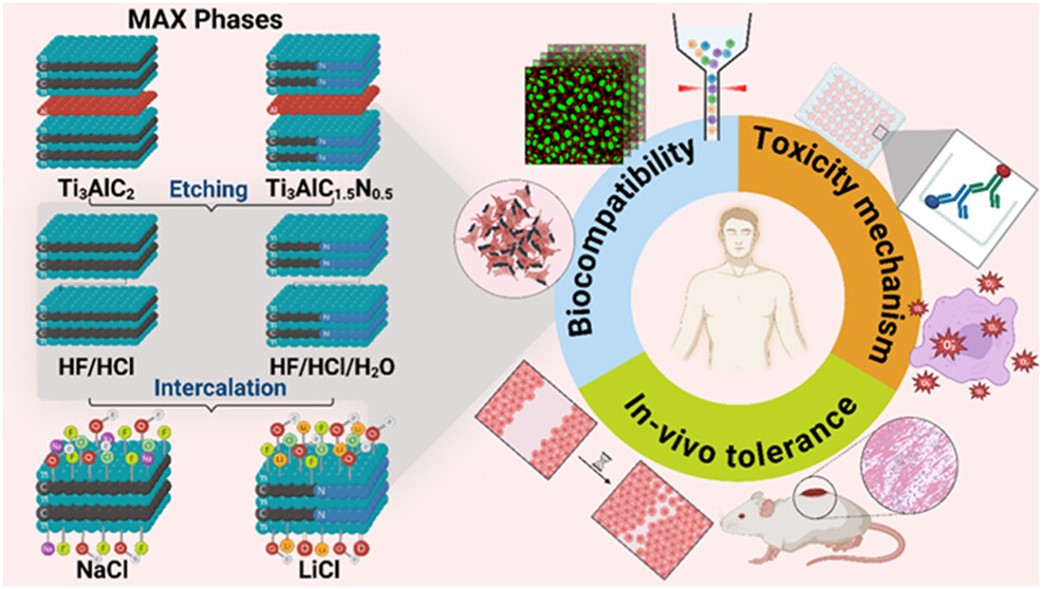 MXenes potential applications include sensors, wound healing materials, and drug delivery systems. A recent study explored how different synthesis methods affect the safety and performance of MXenes. By comparing etching conditions and intercalation strategies, researchers discovered that fine-tuning the surface chemistry of MXenes plays a crucial role in improving biocompatibility. These results provide practical guidelines for developing safer MXenes and bring the field one step closer to real biomedical applications.
MXenes potential applications include sensors, wound healing materials, and drug delivery systems. A recent study explored how different synthesis methods affect the safety and performance of MXenes. By comparing etching conditions and intercalation strategies, researchers discovered that fine-tuning the surface chemistry of MXenes plays a crucial role in improving biocompatibility. These results provide practical guidelines for developing safer MXenes and bring the field one step closer to real biomedical applications.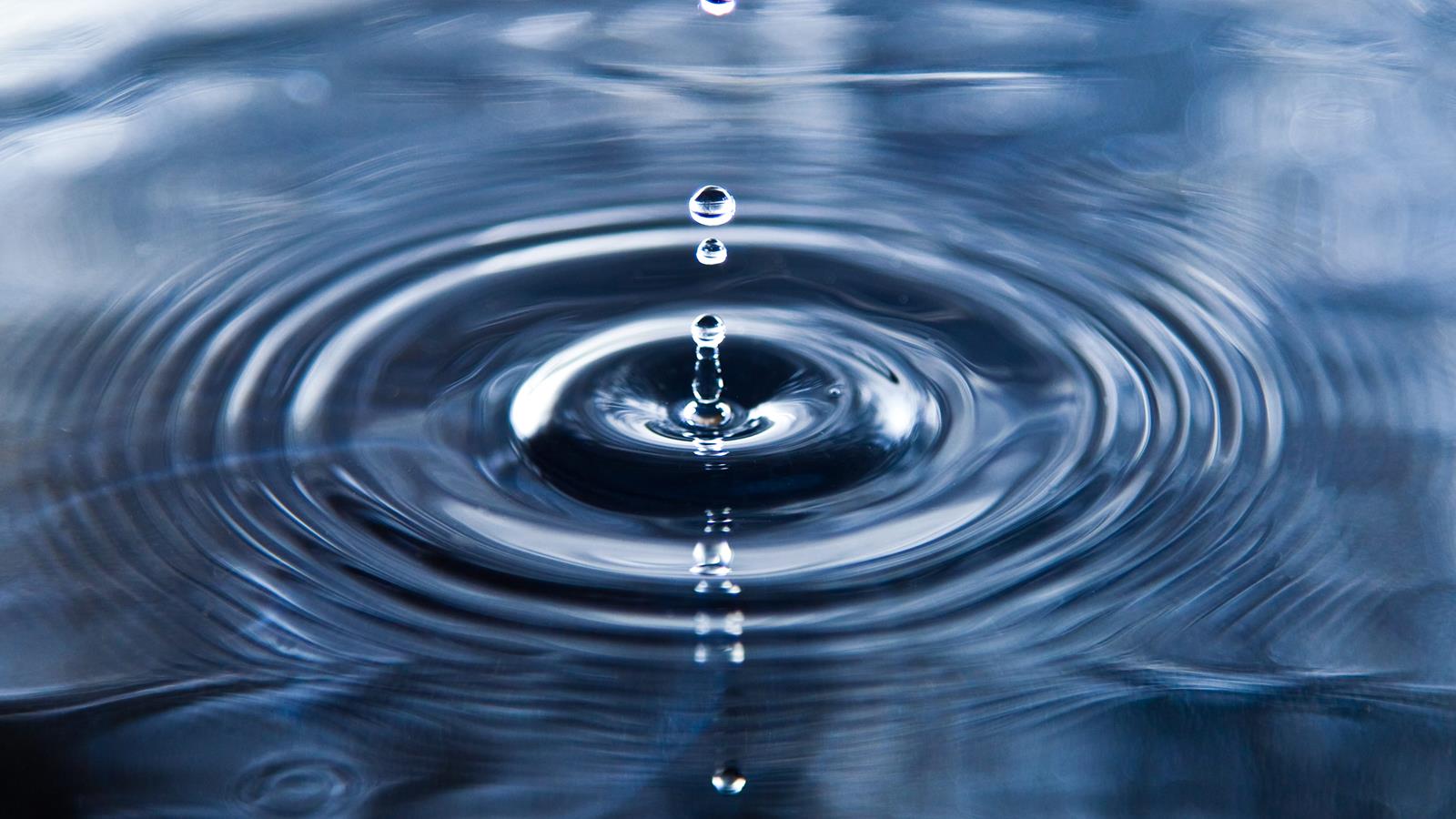
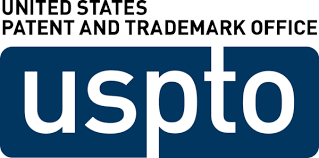 Exellent news, our joint patent application with Drexel University on highly porous MAX phase precursor for MXene synthesis published. Congratulations and thanks to all team involved!
Exellent news, our joint patent application with Drexel University on highly porous MAX phase precursor for MXene synthesis published. Congratulations and thanks to all team involved! Last Call! Have you submitted your abstract for IEEE NAP-2025 yet? Join us at the International Symposium on "The MXene Frontier: Transformative Nanomaterials Shaping the Future" – the largest MXene-focused conference in Europe this year! Final Submission Deadline: May 15, 2025. Don’t miss this exclusive opportunity to showcase your research and engage with world leaders in the MXene field!
Last Call! Have you submitted your abstract for IEEE NAP-2025 yet? Join us at the International Symposium on "The MXene Frontier: Transformative Nanomaterials Shaping the Future" – the largest MXene-focused conference in Europe this year! Final Submission Deadline: May 15, 2025. Don’t miss this exclusive opportunity to showcase your research and engage with world leaders in the MXene field!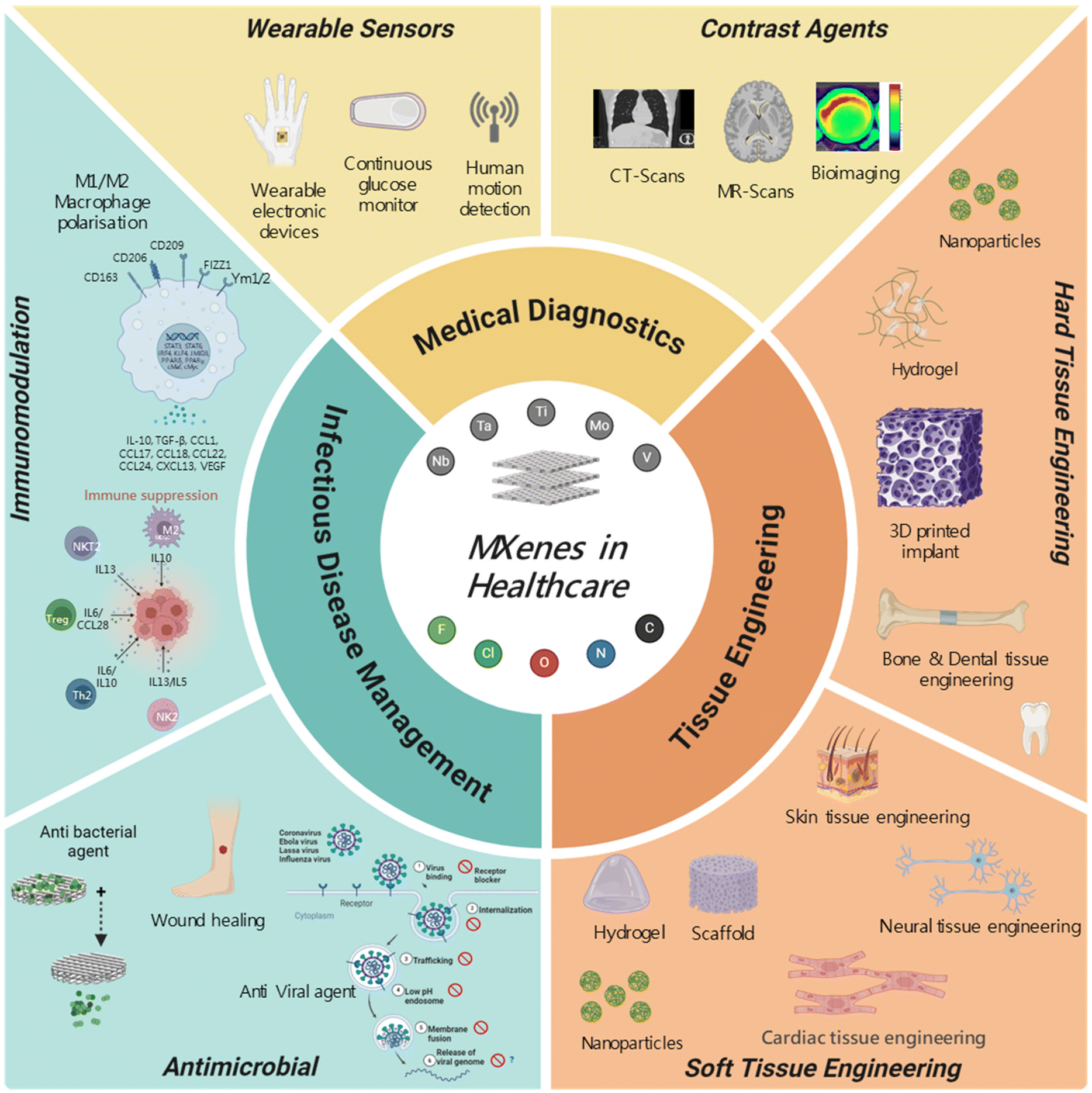 We are excited to announce the publication of latest review article on MXenes in Healthcare. This comprehensive review explores the groundbreaking role of MXenes—an emerging class of 2D materials—in revolutionizing the fields of medical diagnostics and therapeutics. Read the full article here: https://doi.org/10.1039/D4NR04853A.
We are excited to announce the publication of latest review article on MXenes in Healthcare. This comprehensive review explores the groundbreaking role of MXenes—an emerging class of 2D materials—in revolutionizing the fields of medical diagnostics and therapeutics. Read the full article here: https://doi.org/10.1039/D4NR04853A. Congratulations and thank you to our collaborators from TU Wien and CEST for very interesting work and making it published! In this work, an upscalable electrochemical MXene synthesis is presented. Yields of up to 60% electrochemical MXene (EC-MXene) with no byproducts from a single exfoliation cycle are achieved.
Congratulations and thank you to our collaborators from TU Wien and CEST for very interesting work and making it published! In this work, an upscalable electrochemical MXene synthesis is presented. Yields of up to 60% electrochemical MXene (EC-MXene) with no byproducts from a single exfoliation cycle are achieved. Congratulations to all collaborators with this interesting joint work!
Congratulations to all collaborators with this interesting joint work!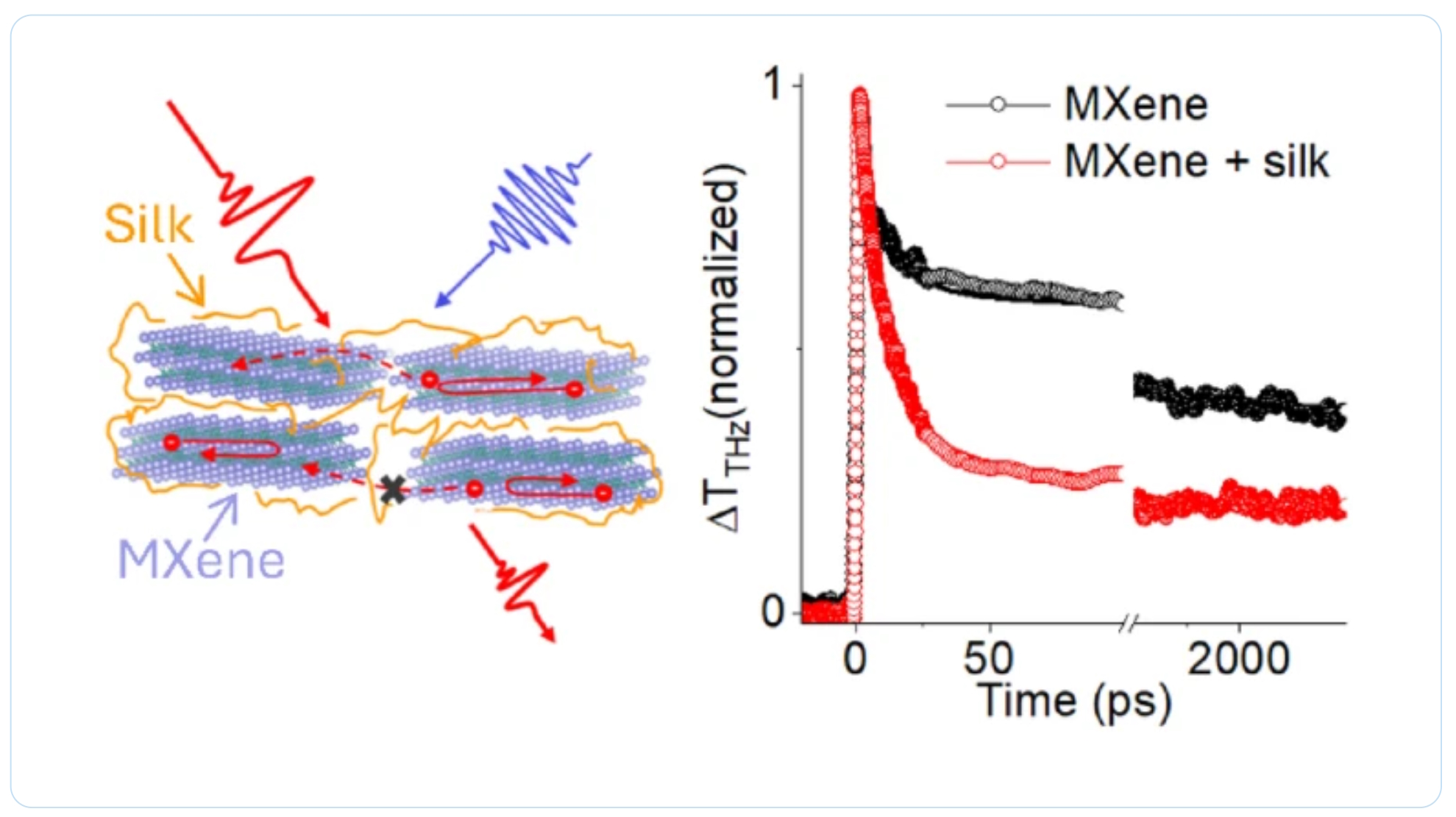 Thank you to our collaborators for the amazing joint work recently published in Graphene and 2D Nanomaterials about MXene–silk fibroin composite films aiming to develop materials with tunable electronic and thermal properties
Thank you to our collaborators for the amazing joint work recently published in Graphene and 2D Nanomaterials about MXene–silk fibroin composite films aiming to develop materials with tunable electronic and thermal properties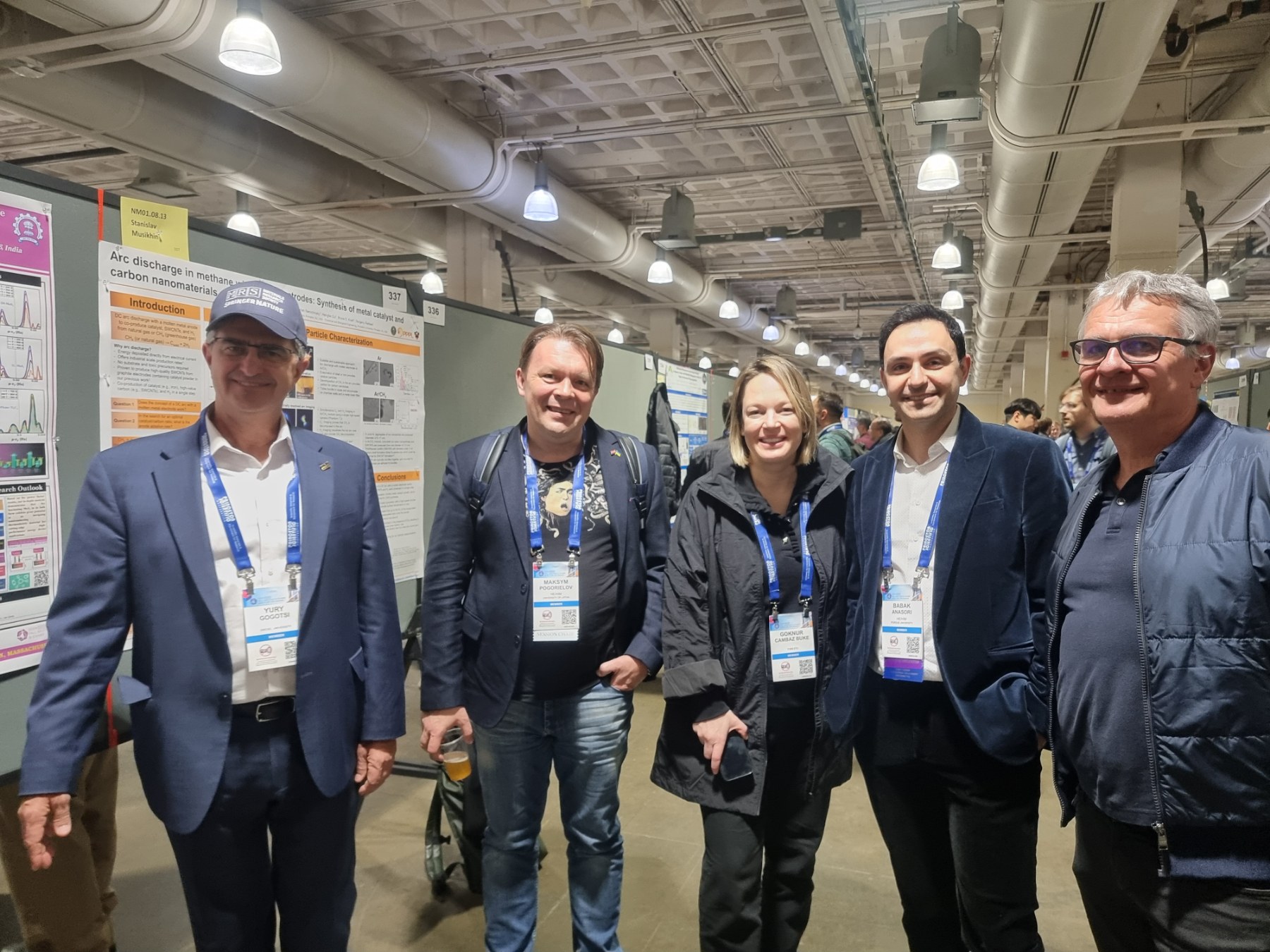 Dr. Oleksiy Gogotsi, director of MRC and Carbon-Ukraine, innovative companies that are among the leaders on the world MXene market, visited 2024 MRS Fall Meeting & Exhibit. together with Dr. Maksym Pogorielov, Head of Advanced Biomaterials and Biophysics Laboratory, University of Latvia.
Dr. Oleksiy Gogotsi, director of MRC and Carbon-Ukraine, innovative companies that are among the leaders on the world MXene market, visited 2024 MRS Fall Meeting & Exhibit. together with Dr. Maksym Pogorielov, Head of Advanced Biomaterials and Biophysics Laboratory, University of Latvia.
 MRC and Carbon-Ukraine team visited the 3rd International MXene conference held at Drexel University on August 5-8, 2024. Conference brought together the best reserchers and leading experts on MXene field.
MRC and Carbon-Ukraine team visited the 3rd International MXene conference held at Drexel University on August 5-8, 2024. Conference brought together the best reserchers and leading experts on MXene field. 
 Together with colleagues from the University of Latvia, MRC/Carbone Ukraine, Adam Mickiewicz University, University Clinic Essen, and others, we have developed a novel concept involving the binding of antibodies to MXenes. In our research, we utilized anti-CEACAM1 antibodies to develop targeted photo-thermal therapy for melanoma (in vitro), paving the way for future in vivo studies and clinical trials. For the first time, we demonstrate the feasibility of delivering MXenes specifically targeted to melanoma cells, enabling the effective ablation of cancer cells under near-infrared (NIR) light. This new technique opens up vast potential for the application of MXenes in cancer treatment, diagnostics, drug delivery, and many other medical purposes.
Together with colleagues from the University of Latvia, MRC/Carbone Ukraine, Adam Mickiewicz University, University Clinic Essen, and others, we have developed a novel concept involving the binding of antibodies to MXenes. In our research, we utilized anti-CEACAM1 antibodies to develop targeted photo-thermal therapy for melanoma (in vitro), paving the way for future in vivo studies and clinical trials. For the first time, we demonstrate the feasibility of delivering MXenes specifically targeted to melanoma cells, enabling the effective ablation of cancer cells under near-infrared (NIR) light. This new technique opens up vast potential for the application of MXenes in cancer treatment, diagnostics, drug delivery, and many other medical purposes.
